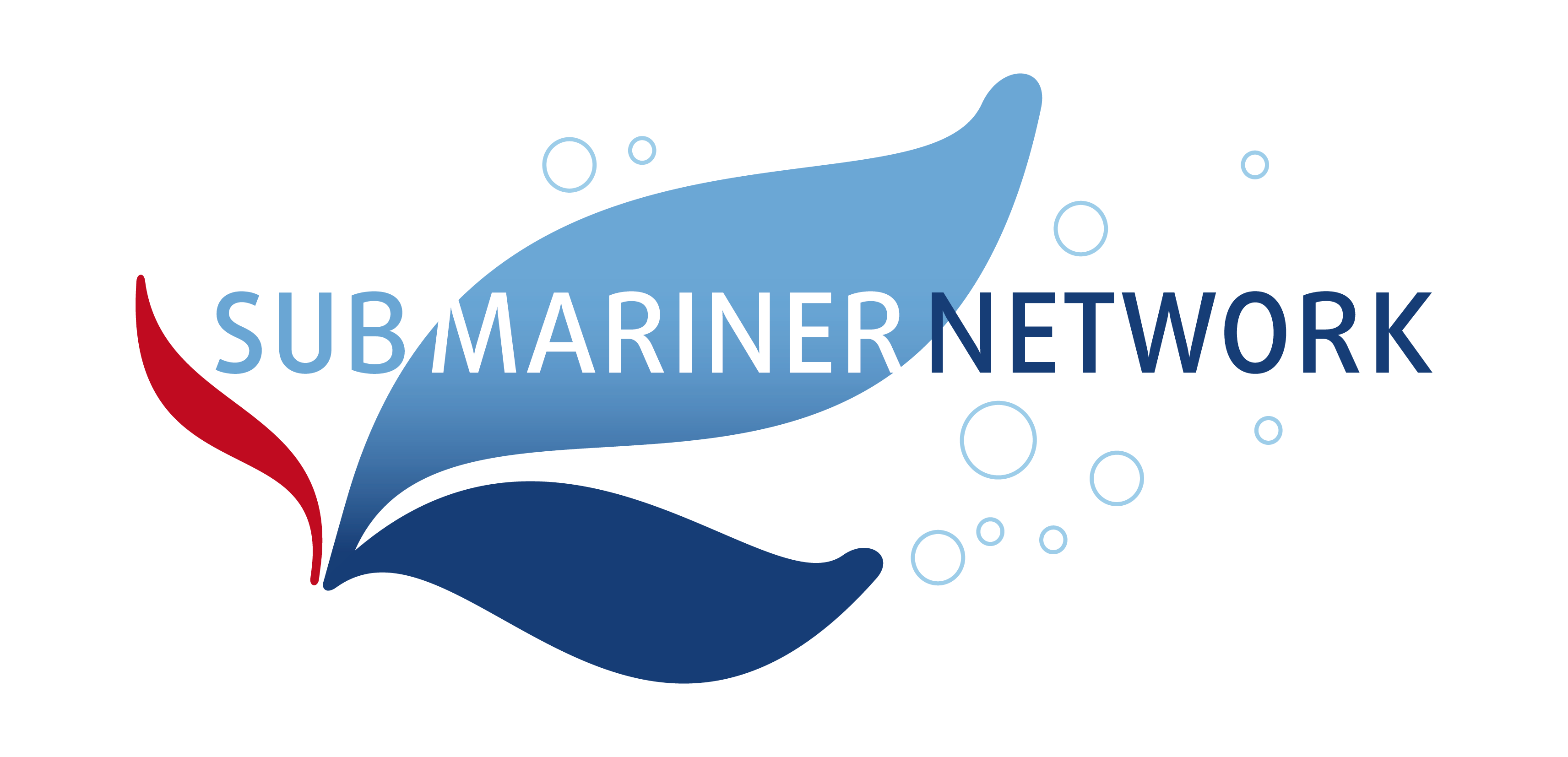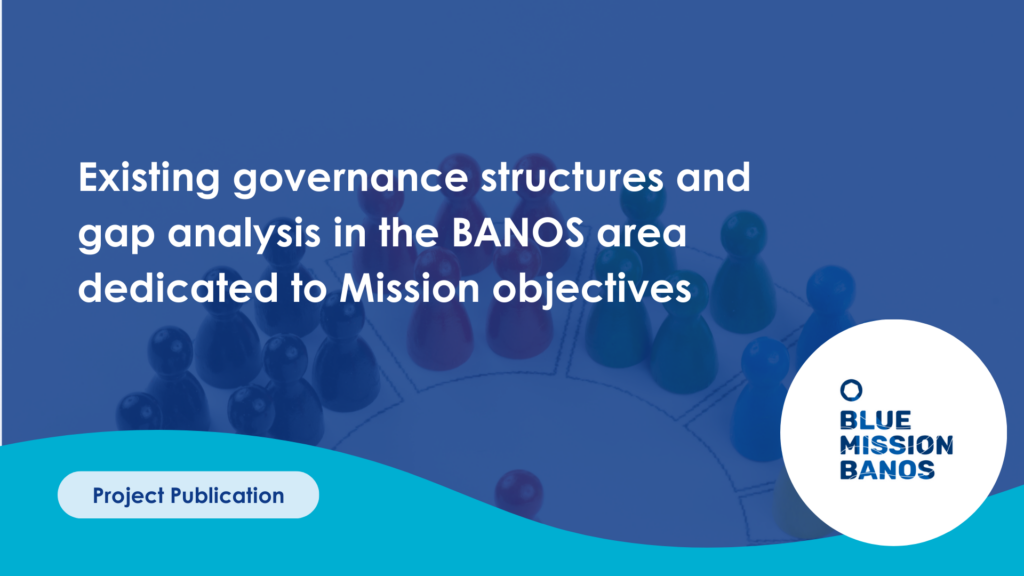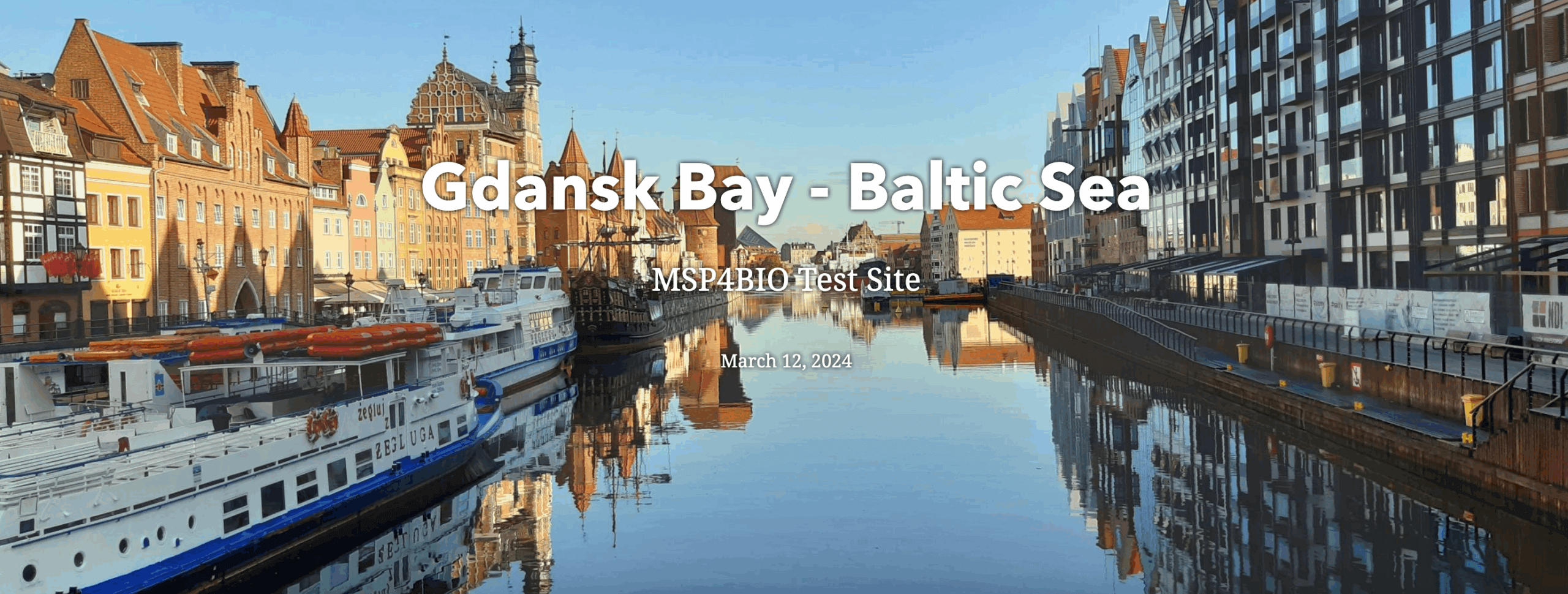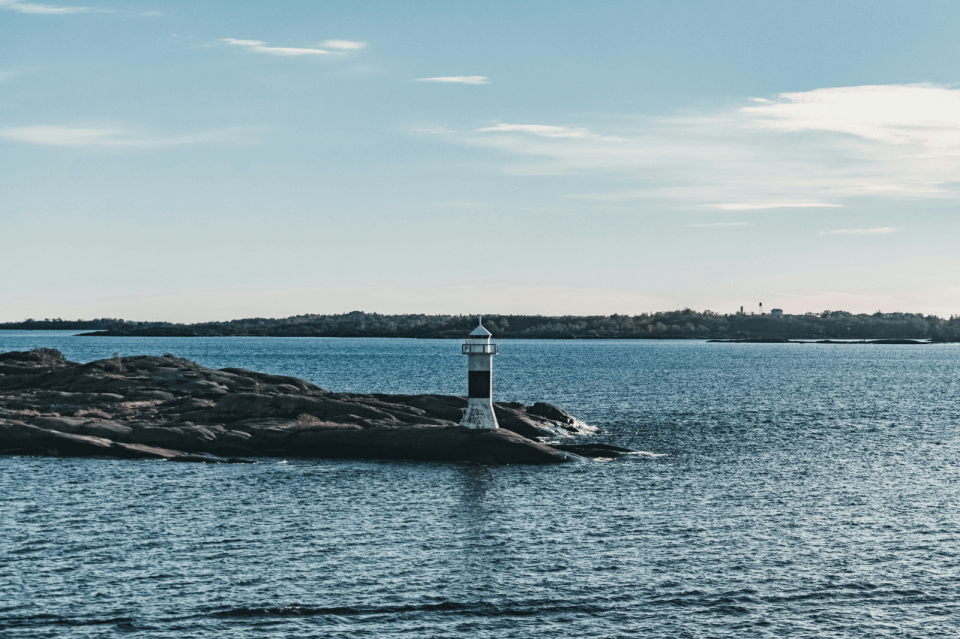The BlueMissionBANOS project, within the Governance work package, seeks to understand the optimal conditions necessary for realising the goals of Mission Restore our Ocean & Waters in the North Sea and Baltic Sea regions. The focal point of Deliverable 2.4 is to examine the existing governance structures and perform a gap analysis pertinent to the Mission Ocean objectives towards reaching a Carbon Neutral Circular Blue Economy (CNCBE) in the BANOS region.
This report defines governance as the complex network of multi-level institutions (such as the EU, regional, and global bodies) responsible for establishing frameworks and regulations pertaining to the Baltic and North Sea regions. Our focus lies primarily on these higher levels of governance (regional & international). We exclude national forms of governance (as those are detailed in Deliverable D5.1 “Sustainable climate-friendly; circular Blue Economy in the BANOS Area: Current Status and Assessment and Monitoring Approaches”), as well as bottom-up governance initiatives involving networks and local actors (forthcoming in Deliverable D2.5 “KPIs for assessment of carbon-neutral, circular blue economy”). Moreover, this deliverable should be read in conjunction with Deliverable 2.1, ‘Manual for Collaboration for the Sustainable Blue Economy with existing networks in the BANOS region’, which provides a comprehensive overview of how BMB partners consider the interests and needs of the various networks already in place throughout the Lighthouse Area and how it pro-actively collaborates with them.
By providing an overview of general governance structures in the BANOS region, our goal with this report is to lay the groundwork for subsequent project deliverables to have a coherent summary of the legal frameworks (e.g. Directives, strategies, regional governing bodies, Treaties) in place that
have a direct connection to the BANOS region. This examination of the legal and regulatory governance frameworks in the BANOS region follows the following approach:
- Chapter 1 provides an overview of the Mission Ocean objectives, discusses the necessity of the deliverable, and provides background information on the regional areas in focus, namely, the Baltic and North Sea Regions.
- Chapter 2 then examines the multi-level governance legal frameworks applicable to the BANOS region, encompassing EU, Regional, and Global regulatory bodies. This examination was conducted through document and policy review analysis to provide an overview of the legal frameworks in place, followed by an initial hypothesis of what may be lacking in the overarching governance of the BANOS region regarding achieving a CNCBE.
- Chapter 3 advances the analysis by conducting a gap analysis, leveraging insights from peer reviewed articles. The objective is to identify the necessary enhancements and modifications for the BANOS region to advance towards the Mission Ocean objectives effectively.
This analysis has aided in clarifying ambiguities regarding implementing a CNCBE by examining the legal framework and regulatory gaps in the two regions. However, the legal framework is only one part of the analysis for optimal future governance. Networks and organisations at regional and municipal levels play a vital role in the BANOS region. These will be investigated in the following course of the governance work package as part of foresight workshops. The reason for this is that the implementation of the Ocean Mission is a fluid process, and the EU member states approach its implementation in different ways. Interdepartmental dialogue, which is ensured by various governing bodies, is essential. Deliverable 5.1 of the Monitoring workpackage in BlueMissionBANOS project provides an excellent overview of the extent to which Objective 3 of the Mission – a climate-neutral and circular blue economy – is being achieved.
We found through the governance analysis that, overall, this deliverable aligns with the recently published report by the EU Commission in the Baseline study and the Mission Midterm Assessment. There are promising approaches from existing (intergovernmental) structures that can help advance the fulfilment of the mission objectives in the BANOS region. However, regulations are lacking, particularly for new technologies such as applying multi-use concepts within offshore wind parks. Cooperation between many actors across levels of governance contributing to the Mission Ocean Implementation must also be further strengthened.



